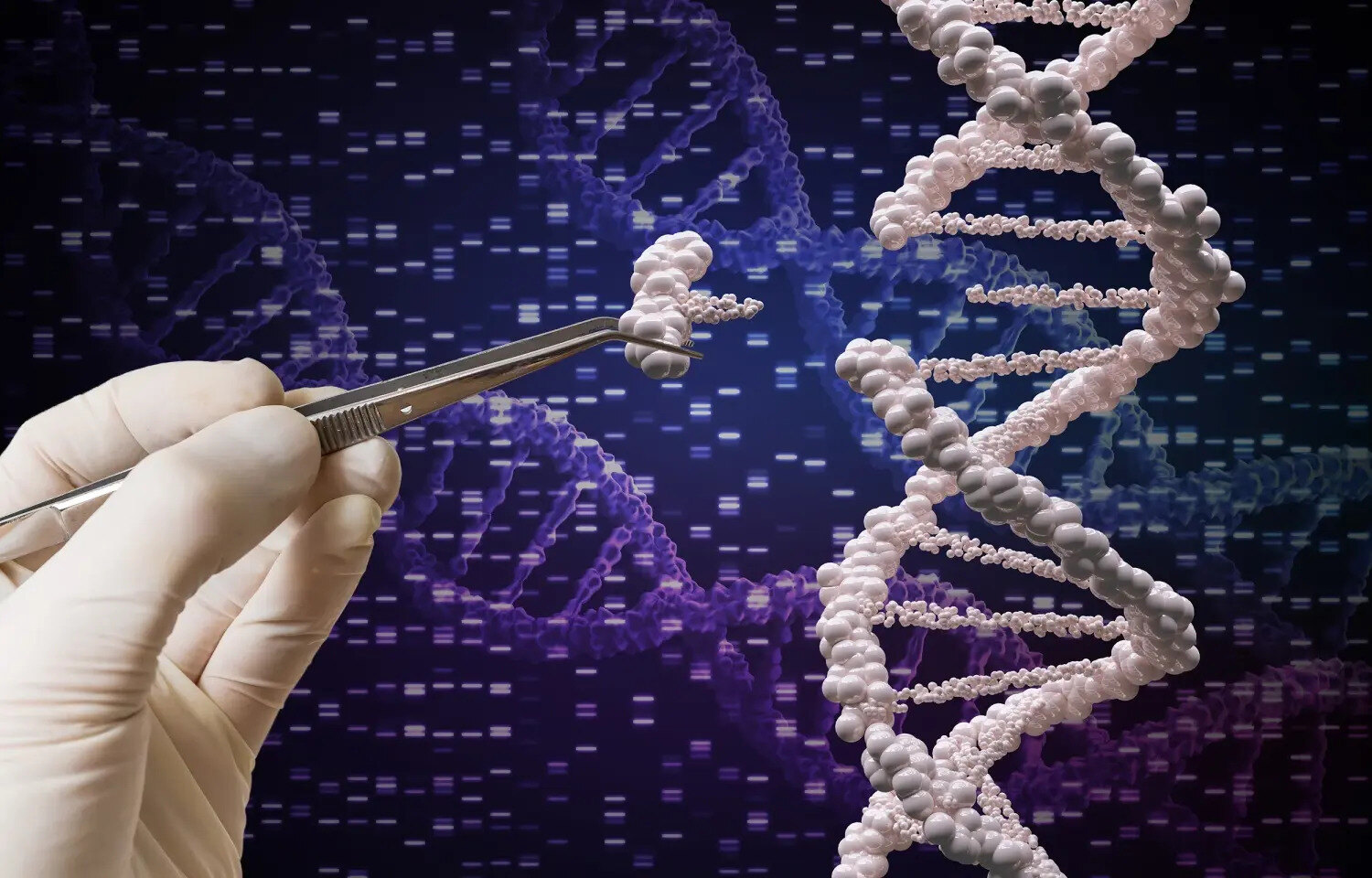
Gene editing is a groundbreaking technology that allows scientists to alter DNA sequences in living organisms. This innovation has the potential to cure genetic diseases, improve crop resilience, and even combat climate change. But what exactly is gene editing, and how does it work? CRISPR-Cas9 is one of the most well-known methods, enabling precise cuts in DNA to either remove or insert genetic material. While the possibilities seem endless, ethical concerns and potential risks also come into play. Understanding gene editing involves diving into its history, applications, and the ongoing debates surrounding its use. Ready to learn more? Here are 29 fascinating facts about gene editing that will give you a comprehensive overview of this transformative field.
What is Gene Editing?
Gene editing is a scientific marvel that allows precise changes to DNA. This technology has the potential to revolutionize medicine, agriculture, and even our understanding of life itself. Here are some fascinating facts about gene editing.
-
Gene editing involves altering the DNA sequence of an organism to achieve desired traits or eliminate undesirable ones.
-
CRISPR-Cas9 is the most popular gene-editing tool, known for its precision and efficiency.
-
The concept of gene editing dates back to the 1970s, but it has only recently become practical and widespread.
How Does Gene Editing Work?
Understanding the mechanics of gene editing can be complex, but breaking it down makes it more digestible.
-
CRISPR stands for "Clustered Regularly Interspaced Short Palindromic Repeats," a natural defense mechanism found in bacteria.
-
Cas9 is an enzyme that acts like molecular scissors, cutting the DNA at specific locations.
-
Scientists guide Cas9 to the target DNA sequence using a piece of RNA, which matches the DNA sequence to be edited.
Applications in Medicine
Gene editing holds promise for treating various medical conditions. Here are some ways it is being used.
-
Researchers are exploring gene editing to cure genetic disorders like cystic fibrosis and sickle cell anemia.
-
Cancer treatments may become more effective by editing genes to make immune cells better at targeting tumors.
-
Gene editing could potentially eliminate inherited diseases by correcting faulty genes in embryos.
Ethical Considerations
With great power comes great responsibility. Gene editing raises several ethical questions.
-
Editing human embryos is controversial and raises concerns about "designer babies."
-
There are fears that gene editing could widen social inequalities if only the wealthy can afford it.
-
Ethical guidelines and regulations are still evolving to keep pace with technological advancements.
Agricultural Benefits
Gene editing isn't just for humans; it has significant implications for agriculture too.
-
Crops can be made more resistant to pests and diseases, reducing the need for chemical pesticides.
-
Gene-edited plants can be engineered to withstand extreme weather conditions, such as drought or frost.
-
Livestock can be edited to grow faster and be more resistant to diseases, improving food security.
Environmental Impact
Gene editing could also play a role in environmental conservation.
-
Scientists are exploring ways to use gene editing to revive extinct species, like the woolly mammoth.
-
Gene editing could help control invasive species by making them less able to reproduce.
-
Coral reefs might be saved by editing the genes of corals to make them more resistant to bleaching.
Challenges and Limitations
Despite its potential, gene editing faces several hurdles.
-
Off-target effects, where unintended parts of the genome are edited, remain a significant concern.
-
The long-term effects of gene editing are still unknown, requiring extensive research and monitoring.
-
Public perception and acceptance of gene editing vary widely, influencing its adoption and regulation.
Future Prospects
The future of gene editing is both exciting and uncertain. Here are some possibilities.
-
Personalized medicine could become a reality, with treatments tailored to an individual's genetic makeup.
-
Gene editing might extend human lifespan by repairing age-related genetic damage.
-
Space exploration could benefit from gene editing by making humans more resistant to cosmic radiation.
Fun Facts About Gene Editing
Let's end with some lighter, yet intriguing facts about gene editing.
-
The first gene-edited babies were born in China in 2018, sparking global controversy.
-
Gene editing has been used to create glow-in-the-dark animals, like cats and rabbits.
-
Some scientists are working on gene-editing techniques to create hypoallergenic pets.
-
Gene editing could potentially be used to bring back the dodo bird, which went extinct in the 17th century.
-
In the future, gene editing might allow humans to have superhuman abilities, like enhanced strength or intelligence.
The Future of Gene Editing
Gene editing is changing medicine, agriculture, and even our understanding of life itself. CRISPR, the most famous tool, allows scientists to make precise changes to DNA, potentially curing genetic diseases and improving crop resilience. However, ethical concerns and potential risks must be carefully considered. Balancing innovation with responsibility is key.
As technology advances, the possibilities seem endless. From eradicating hereditary illnesses to creating more sustainable food sources, gene editing holds promise. Yet, it's crucial to proceed with caution, ensuring that ethical guidelines and safety protocols are in place.
Staying informed and engaged in discussions about gene editing can help shape a future where its benefits are maximized, and its risks minimized. The journey of gene editing is just beginning, and its impact will likely be profound. Keep an eye on this fascinating field as it continues to evolve.
Was this page helpful?
Our commitment to delivering trustworthy and engaging content is at the heart of what we do. Each fact on our site is contributed by real users like you, bringing a wealth of diverse insights and information. To ensure the highest standards of accuracy and reliability, our dedicated editors meticulously review each submission. This process guarantees that the facts we share are not only fascinating but also credible. Trust in our commitment to quality and authenticity as you explore and learn with us.
